Podcast: Play in new window | Download | Embed
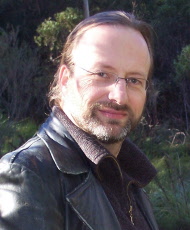
As a trained biologist, Joachim Herrmann describes the science of life as “endlessly fascinating”. Sustainability has always interested him and when he heard about Building Biology he wanted to know more. Joachim now offers a range of services and products through his company, Building Biology Services. He aims to make homes, workplaces and buildings healthier places to be.
Building Biology
At its core, Building Biology is concerned with the “holistic interaction between human life and the built environment”, explains Joachim.

Image source: Institut für Baubiologie + Nachhaltigkeit IBN, https://buildingbiology.com/
Prof. Dr. Anton Schneider founded the Institute of Building Biology and Sustainability in Germany in 1983. By this time, distance learning courses had already been available for approved qualifications in the practice for six years.
25 Principles of Building Biology
The Institute of Building Biology established the 25 guiding principles of Building Biology. They’re split into five main categories of:
- Healthy indoor air quality
- Thermal and acoustic comfort
- Human-based design
- Sustainable environmental performance
- Socially connected and ecological sound communities
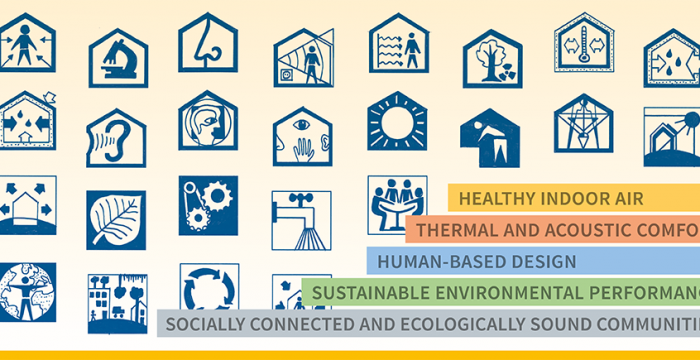
It was while he was living in New Zealand that Joachim was introduced to architect Reinhard Kanuka-Fuchs. Reinhard is cited by the Building Biology and Ecology Institute as bringing Building Biology to New Zealand.
Prior to completing a correspondence course to become a Building Biologist, Joachim had no specific building experience. He explains that his role now is not to design or build buildings. He works alongside building professionals, adding his consultation on the health and wellbeing potential of the living spaces.
Green Space or Urban Sprawl?
Self-sufficiency is one of the core concepts of Building Biology and a practical way of achieving this is providing adequate green space around buildings. Joachim credits modern subdivisions as being quite good in this regard and I questioned him if there is a conflict between the desire for green space and the un-sustainability of urban sprawl. Joachim contends that there are issues with modern urban lifestyles. To recreate our cities in a way that embraces all the principles of Building Biology would require a major rethink of urban design.
Mould
In Australia and New Zealand, Joachim suggests that we’ve made the same mistake that occurred in Europe around thirty years ago. We’ve over-insulated our buildings without adequate consideration for ventilation. He suggests that this is a major cause of our current mould and related health issues.
Lack of adequate ventilation and the prevalence of mould in our homes are very good reasons to embrace the principles of Building Biology.
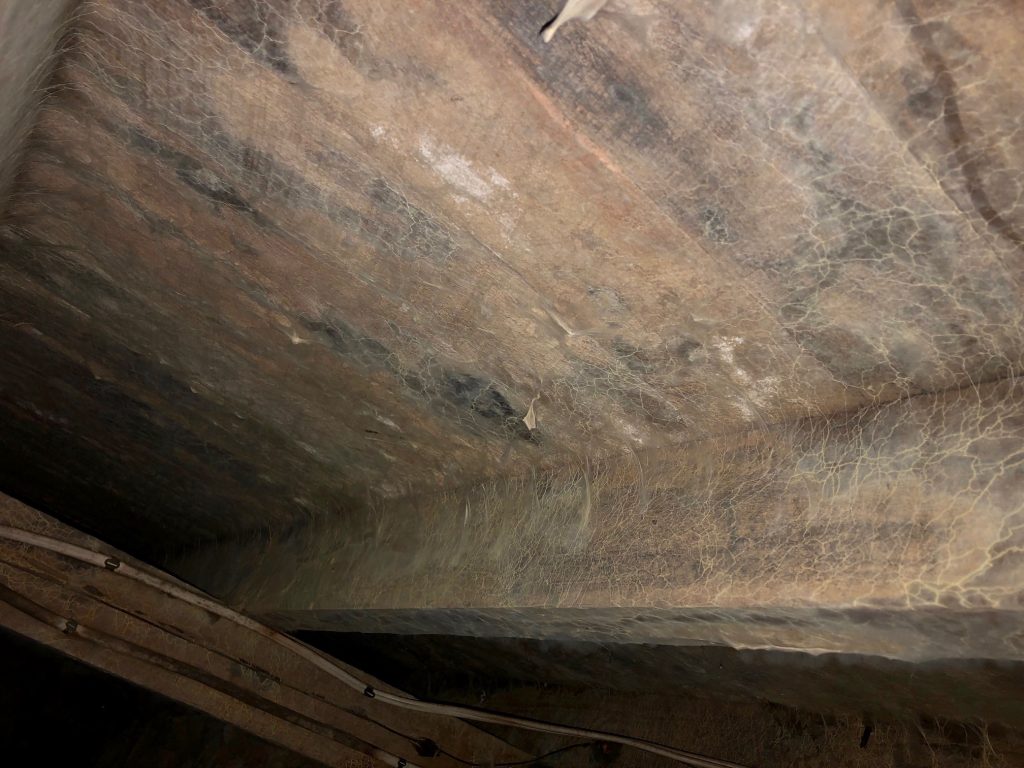
Electromagnetic Fields and Wireless Radiation
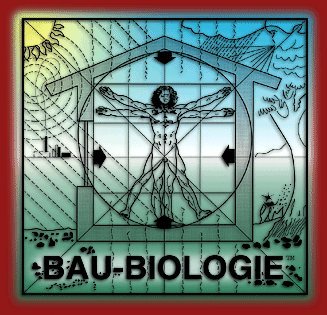
Slightly more controversial than thermal comfort and healthy indoor air quality, are the issues of wifi and other forms of electromagnetic radiation. These are only stated in one of the 25 principles, but concern over EMF and wifi seems to be a significant part of Building Biology.
Joachim suggests a cautious approach when it comes to allowing a plethora of wirelessly connected devices into our lives and our living spaces. He’s also an advocate of minimising the amount of electronic equipment in our sleeping spaces.
Health at Home
Among the products and services Joachim offers for sale on his website, is his own book, ‘Health at Home: Sustainable and Healthy Building and Living’. It’s available in hard copy and as an ebook on Amazon (affiliate link).
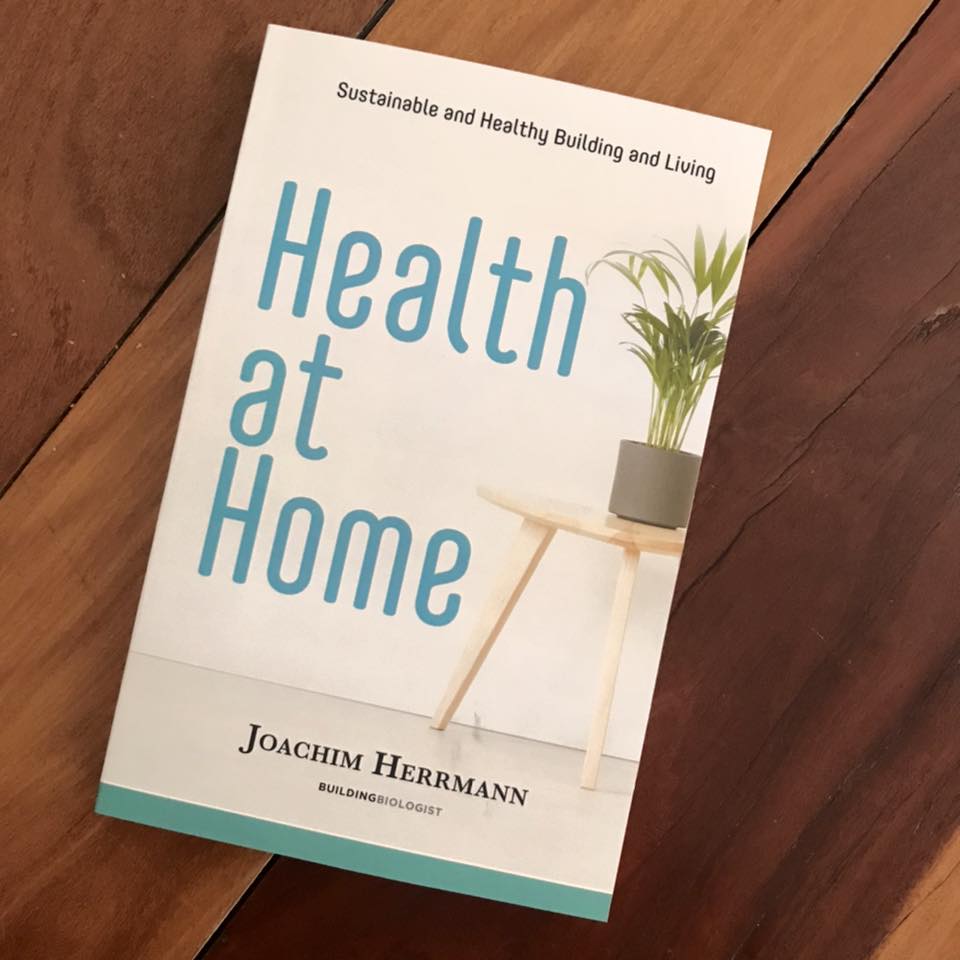
Building Biology Services
Joachim offers a range of services from home and office consultations through to air quality analysis and mould inspection. He can also assist with pre-purchase checks and assist with improving your current living spaces through de-cluttering and Feng Shui. To find out more, get in touch directly via his website or follow him on Facebook.
Other resources:
- New Zealand: Building Biology and Ecology Institute
- Australia: Australasian Society of Building Biologists
- International: Building Biology Institute

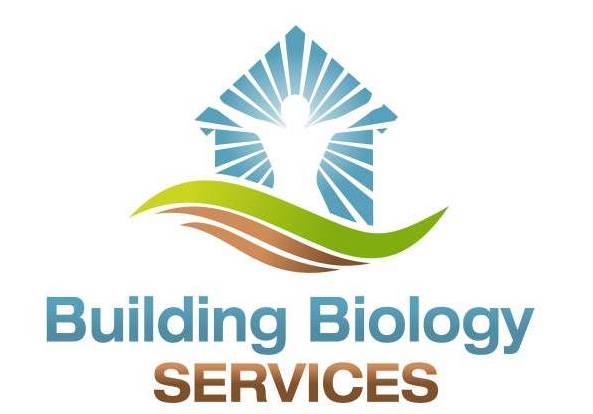
Leave a Reply